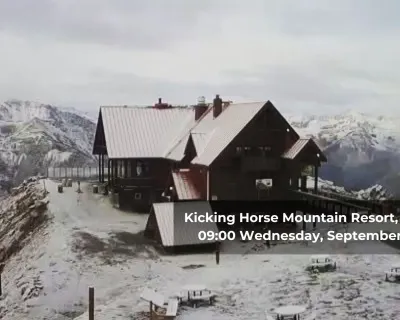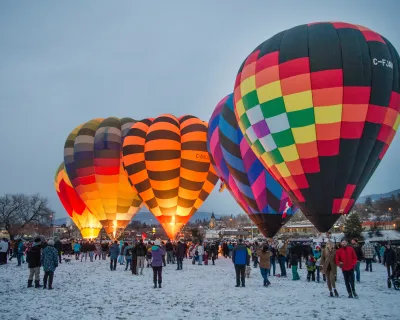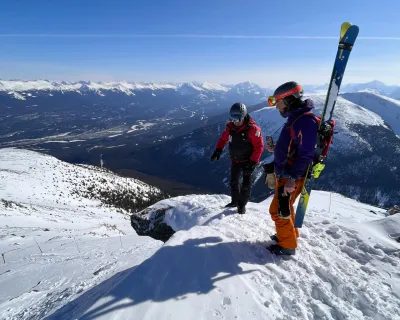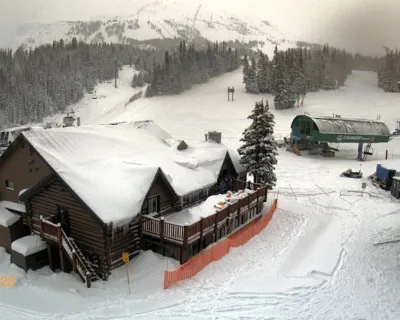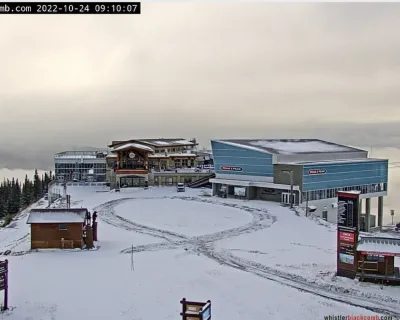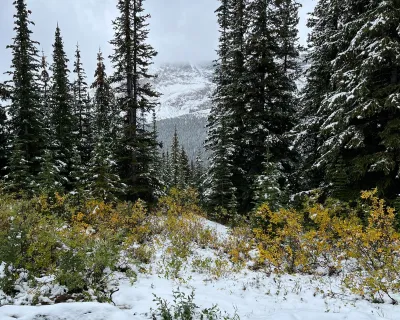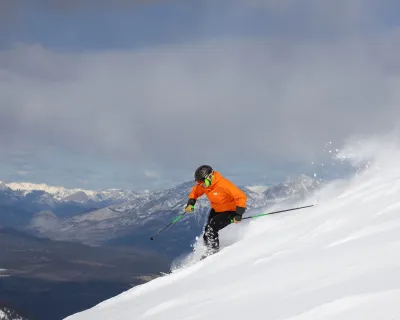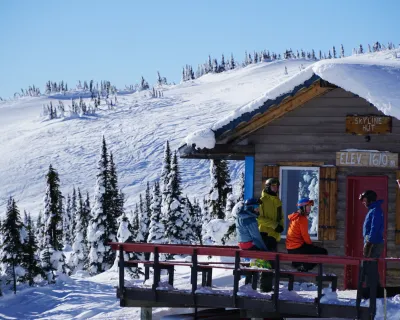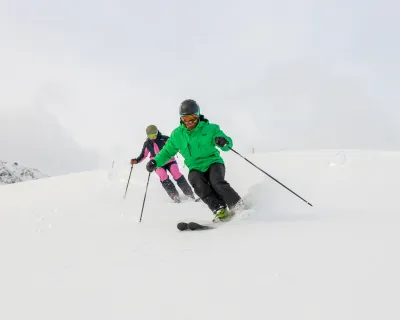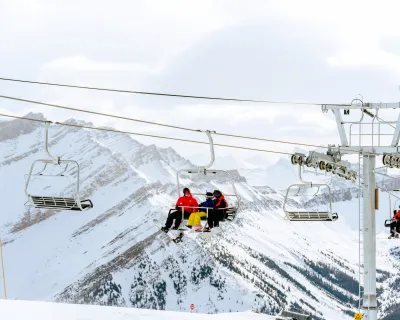
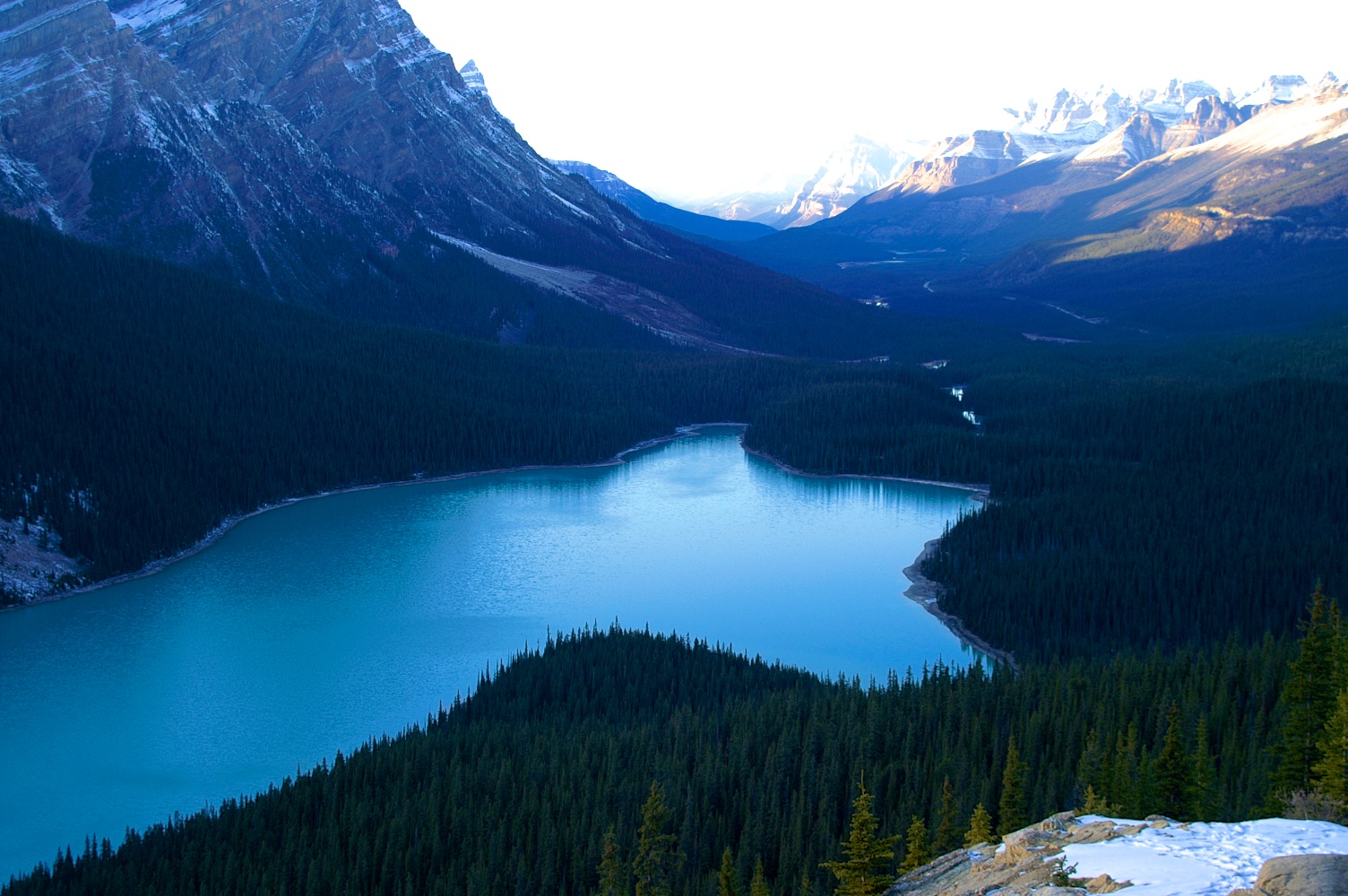 |
|
The lakes - like Peyto - along the Icefields Parkway take on dazzling hues because of the sediments that slide down the mountains and into the water. |
BOB COVEY
JASPER NATIONAL PARK, ALTA. - It’s been called one of the most spectacular drives in the world.
Flanked by craggy cliffs, traversing the headwaters of three major river systems, and teeming with wildlife, the Icefields Parkway from Lake Louise to Jasper can bolster your spirits while leaving you feeling insignificant.
In mid-spring, rafts of river ice are being devoured by the inevitable thaw and avalanche debris litters most south-facing slopes. Minerals from glaciers are beginning to green-up the rivers and lakes to a brilliant shimmer.
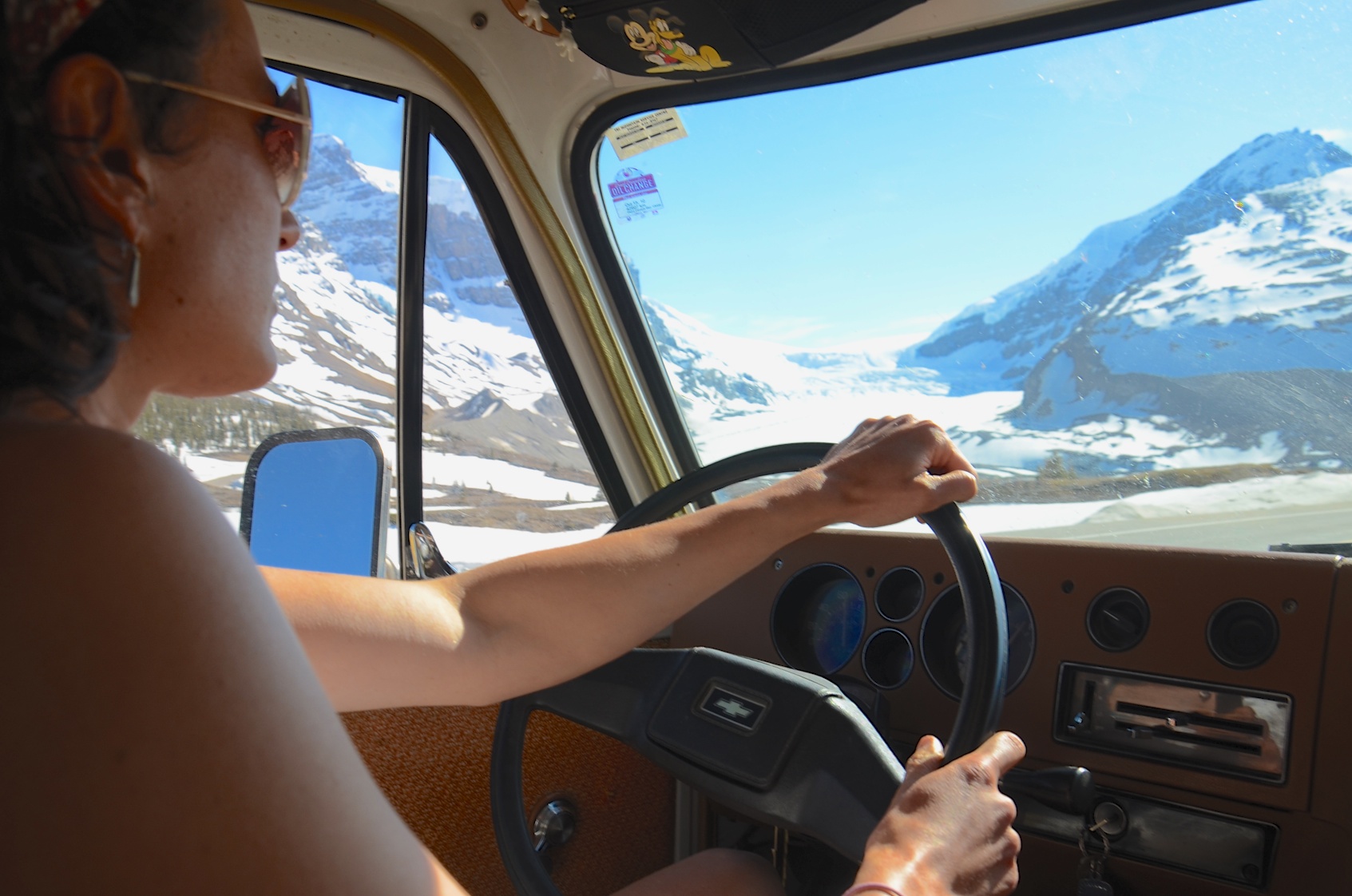 |
|
Your entire windshield will be filled with awesome scenery along the 240-kilometre stretch. |
Along this 240-kilometre stretch, sheep, deer, black bears, and coyotes are frequently spotted. Wolves, grizzlies, and goats less
so. But witnessing a truly wild sight, like a trio of infant bear cubs under the protection of their mother, is not unlikely.
Driving north from Lake Louise, emerald lakes appear, offering up the first of many opportunities to photograph mountains reflecting in turquoise waters. Bow Lake and the glaciers, which cling to the precipices above, give a clue to the oceans of ice out of view.
The Saskatchewan River, flowing north and east and eventually into Hudson’s Bay, is crossed by the Icefields Parkway at Kilometre 80. Here the road begins to climb into the sub-alpine, prime bear habitat. Stop to admire the Weeping Wall, a veil of water that becomes an ice-climbing mecca in winter, or hike Parkers’ Ridge, a steep but rewarding trail near the boundary of Banff and Jasper National Parks.
Approaching Wilcox Pass and the Columbia Icefields, the mountains’ extreme environment can create unexpected weather; a spring cruise can quickly turn into a wintery whiteout. If the sky is clear, a halo of sunshine usually backlights the blue-ice ridge, giving visitors the impression they are looking at a stairway to heaven.
The Sunwapta River, which eventually drains into the Arctic Ocean, is but a trickle as the road parallels Beauty Flats and the Endless Chain appears far on the horizon. That trickle soon turns to a torrent and as Mount Morden Long’s knife-edge ridge is unsheathed, a peek at the 'Wapta” reveals why Jasper National Park is a world-class whitewater rafting destination.
More chances to stop and gaze are around almost every corner: Sunwapta Falls’ limestone gorge has impressive, turbulent flows while nearby Buck, Osprey and Honeymoon Lakes are great picnic spots.
Not far from Honeymoon Campground is one of the Icefields Parkway's premiere attractions: Athabasca Falls. One of the park’s most dramatic natural features, the falls are the result of the water from the glacial headwaters — 70 kilometres away — being pinched into a deluge of thunderous power. Around the corner, Mount Kerkeslin’s hulking mass dominates the windshield. If you're lucky, you'll spot mountain goats at the Kerkeslin salt lick — a naturally mineral deposit which brings white, bearded mammals to the roadside.
As you cross the Athabasca River and near Jasper, Pyramid Mountain greets you. Although you may have reached your destination, you’ll be hard pressed to argue that with its high-altitude traverses, accessible natural wonders and wildlife spotting, the drive from Lake Louise to Jasper isn't all about the journey.
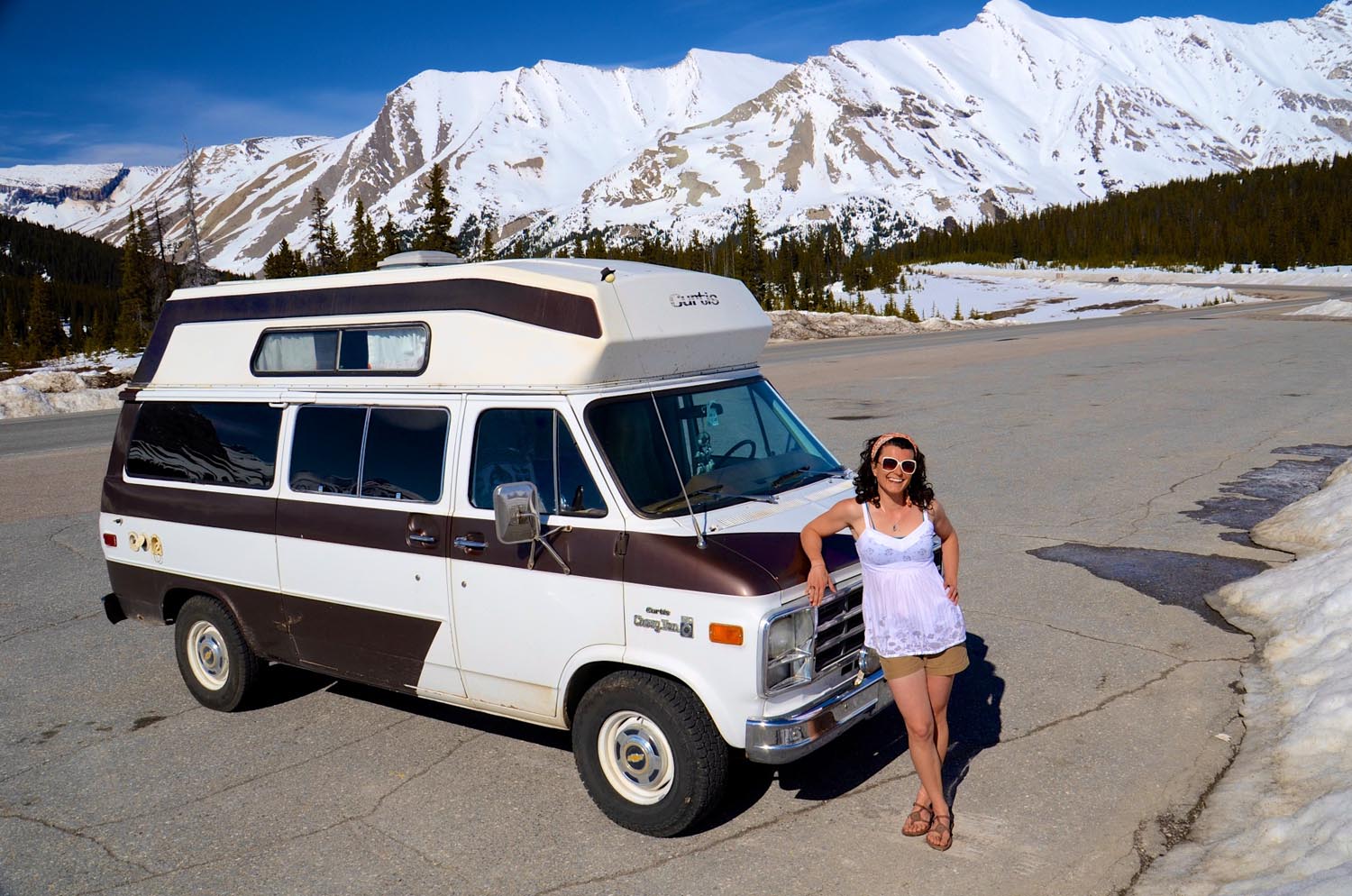 |
|
Driving the Icefields Parkway is considered one of the top drives in the world. Definitely bucket-list-worthy. |
For more stories and detail on Jasper check out our SnowSeekers' destination page.
